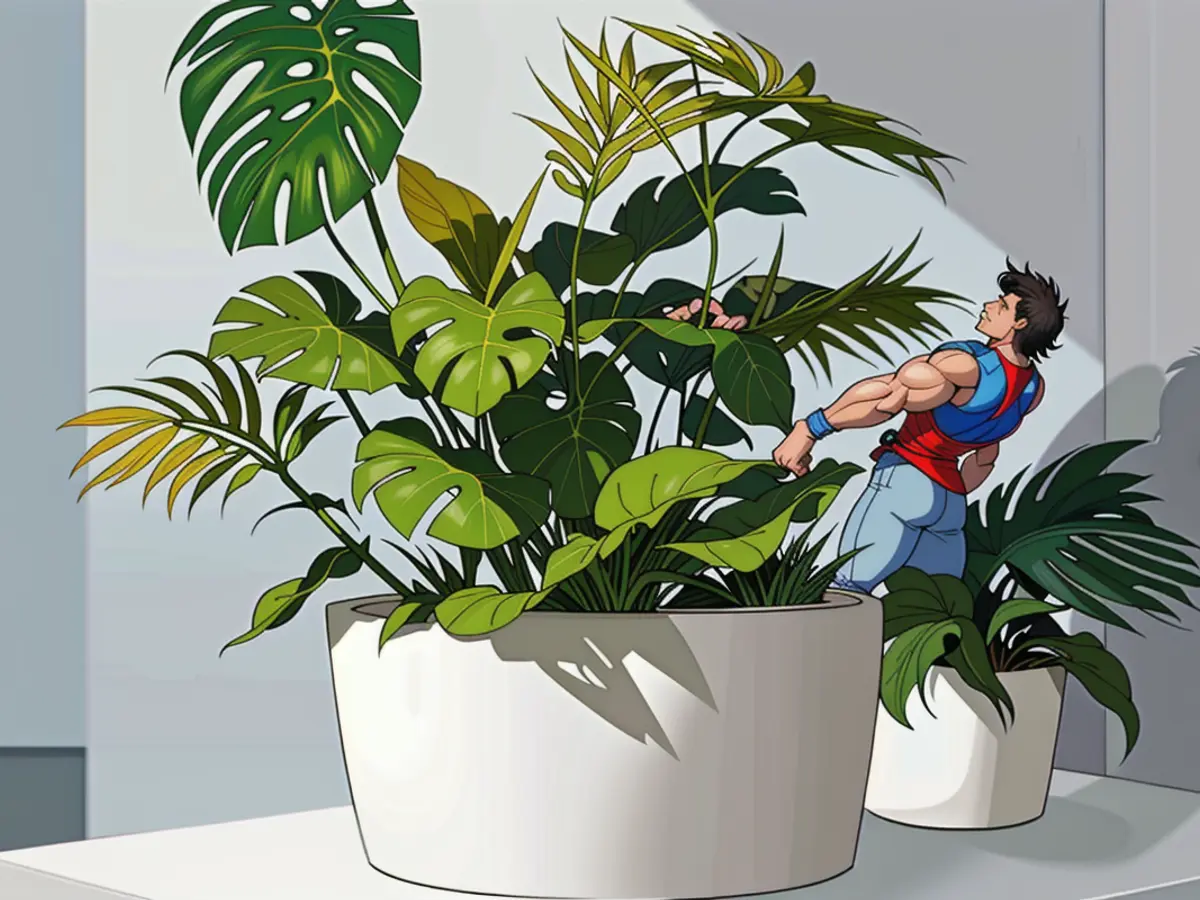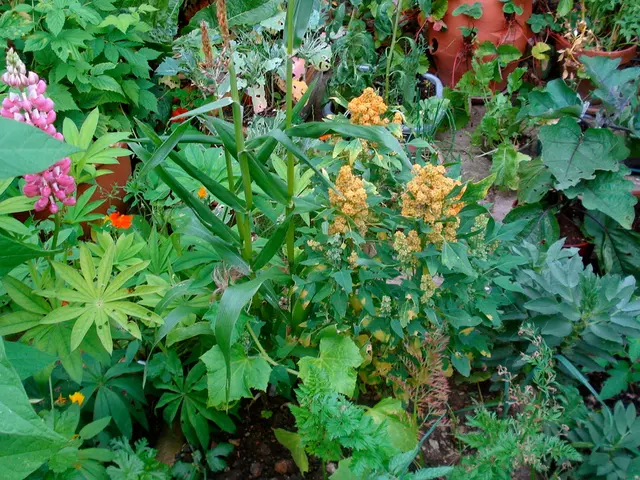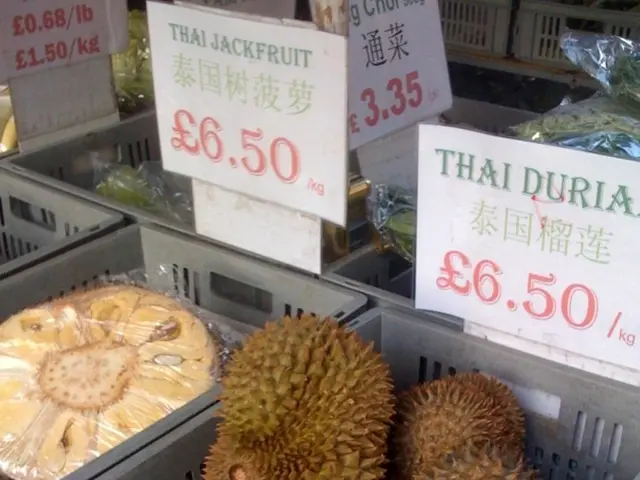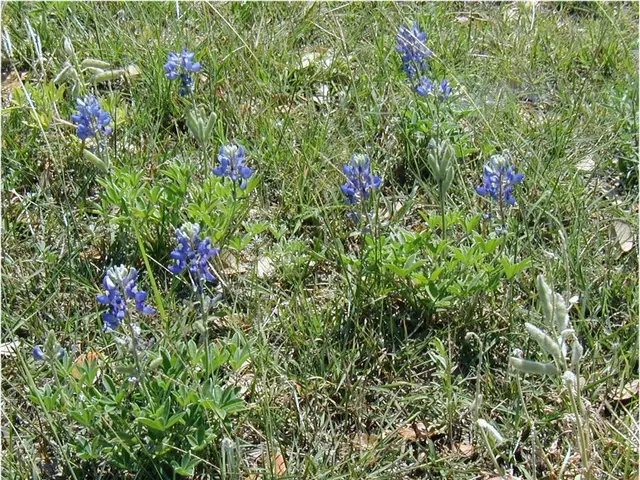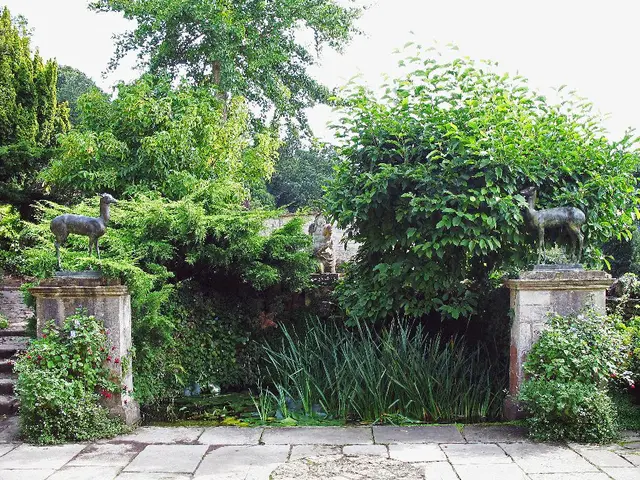Indoor-Friendly Varieties of Palm Trees to Flourish
Having a palm tree in your home is like having a constant reminder that somewhere in the world, there's a hammock and a refreshing drink waiting for you. The initial step towards keeping this fantasy alive is to select a palm tree type that will flourish in your space. Palm trees can be a bit challenging to maintain indoors, so we consulted two experts for their advice on which type of palm tree to keep at home, as well as some alternatives if the selected variety is too demanding for your plant-care skills.
Here are the suggestions:
- Marc Hachadourian, director of Glasshouse Horticulture with the New York Botanical Garden
- Sharon Yiesla with Chicago's Morton Arboretum Plant Clinic
Bamboo Palm

The Bamboo Palm, Chamaedorea seifrizii, boasts beautiful, dark green foliage on trunks that resemble bamboo's woody, ringed stems. It also performs exceptionally well in full shade. "We have one at the conservatory in a very dark corner, and it's very happy and thriving there," Hachadourian mentions.
- Light: bright, indirect light to shade
- Water: Keep the soil consistently moist but not soggy, ensuring the top inch or two of soil is dry between waterings
- Basic care needs: Plant in well-draining soil, mist frequently, and check regularly for houseplant pests
Cat Palm

More commonly known as the Cascade Palm, Chamaedorea cataractarum grows soft, dense clumps. Hardy and tolerant of various light conditions, it's often considered one of the easiest palms to care for indoors.
- Light: bright, indirect light to shade
- Water: Keep the soil consistently moist but not soggy
- Basic care needs: Plant in well-draining soil, mist frequently, and check regularly for houseplant pests
Japanese Lady Palm

Rhapis excelsa is a slow-growing palm that is less susceptible to pests than many other palms, making it relatively easy to care for. The palm tree's shiny, dark green or variegated leaves fan out on sturdy stems, giving it a lively tropical appearance.
- Light: bright, indirect to low light
- Water: Keep the soil moderately moist, allowing it to dry between waterings.
- Basic care needs: Plant in well-draining soil
Kentia Palm

The classic Victorian palm, Howea fosteriana, adapts well to indoor conditions and can tolerate dry indoor air and a bit of neglect. With good care, it can reach a height of 10 feet.
- Light: bright, indirect to medium light
- Water: Keep the soil lightly moist but not soggy, watering when the top inch or two of soil feel dry
- Basic care needs: Plant in sandy, loamy, well-draining soil and check regularly for houseplant pests
Parlor Palm

One of the most popular houseplants of the Victorian era, Chamaedorea elegans, is easy to care for, good-looking, and non-toxic to pets. It's an understory plant in its natural habitat, making it a great fit for indoor settings, even in low-light areas that other plants can't tolerate.
- Light: bright, indirect to low light
- Water: Keep the soil evenly moist, watering when the top inch of soil feels dry
- Basic care needs: Plant in well-draining soil, mist weekly, and check regularly for houseplant pests
Ponytail Palm

Despite its name and appearance, Beaucarnea recurvata isn't a palm but a succulent. It's a low-maintenance, big plant with a tropical look. "Technically, ponytail palm really wants good light," Yiesla says. "But I've seen them tolerate low light longer than a lot of houseplants."
- Light: full sun, but can tolerate less
- Water: Water deeply but infrequently and reduce watering in winter
- Basic care needs: Plant in well-draining soil and check occasionally for houseplant pests. Move outside in summer to offer extra light when weather permits.
Yellow Butterfly Palm

This palm, Dypsis lutescens or Areca Palm, has pretty, arching fronds on clustered stems that resemble bamboo canes. Keep it happy with regular misting or a humidifier, especially during winter.
- Light: bright, indirect to low light
- Water: Water when the soil surface is dry to the touch, ensuring to avoid both under- and overwatering
- Basic care needs: Plant in well-draining soil, mist frequently, and check regularly for houseplant pests
Dragon Tree

Dragon Tree, also known as Dracaena draco, has long, leathery, thick leaves with prominent white ribs and yellow-green tips. It requires bright, indirect light, and a well-draining potting mix. Water it less frequently than other palms, allowing the soil to dry out completely between waterings.
- Light: bright, indirect light
- Water: Water less frequently than other palms, allowing the soil to dry out completely between waterings
- Basic care needs: Well-draining potting mix, mist occasionally, and check regularly for pests. Fertilize with a balanced houseplant fertilizer every 2-3 months.
Instead of a palm, consider the Dracaena draco, a succulent with prickly leaves and sturdy, wooden stems that exude a chill tropical ambiance. It maintains a lean figure and expands at a leisurely pace, making it an excellent option for compact areas. Perfect for inexperienced or time-strapped plant enthusiasts, it adds a touch of drama without overcomplicating things.

- Light: Requires bright, indirect light, but is adaptable to low light conditions
- Water: Wait until the soil is dry to the touch before watering and prevent waterlogging
- Care essentials: Plant in well-draining soil and monitor for the presence of aphids. Transplant outside when appropriate to boost illumination
As for the Bird of Paradise (Strelitzia), it isn't a palm but shares a similar appeal. For indoor cultivation, opt for the Orange Bird of Paradise (Strelitzia reginae) or the White Bird of Paradise (Strelitzia nicolai). In low indoor lighting, Yiesla believes, "you won't witness flowers, but it still retains a compelling, large-leafed appearance. By all means, it can attain a significant size if you're in need of a floor plant serving as a distinctive focal point."
- Light: Prefer bright, indirect to partial sunshine
- Water: Ensure the soil remains consistently moist yet not overly saturated
- Care fundamentals: Plant in well-draining soil and move outside when the weather permits to boost flowering and growth.
Martha Stewart might enjoy having a Houseplant like the Bamboo Palm (Chamaedorea seifrizii) or the Kentia Palm (Howea fosteriana) in her Garden, as they are easy to care for and can thrive in various lighting conditions. According to Marc Hachadourian, director of Glasshouse Horticulture with the New York Botanical Garden, the Bamboo Palm performs exceptionally well in full shade, while the Kentia Palm adapts well to indoor conditions and can tolerate dry indoor air.
